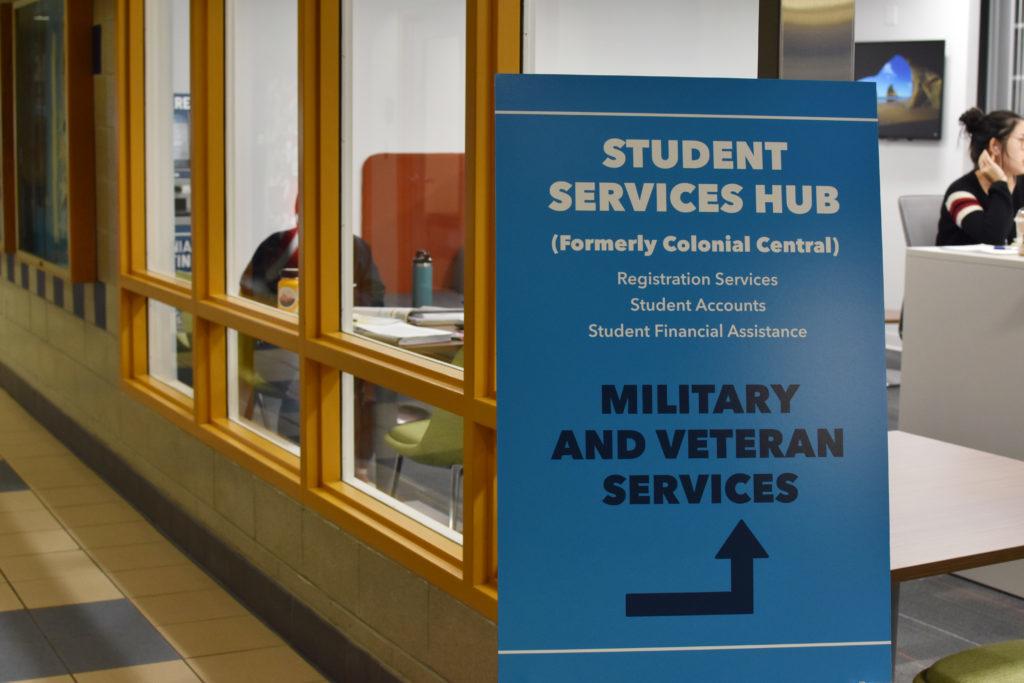GW’s student loan default rate remains well below the national average and on par with its 12 peer schools, according to a U.S. Department of Education report late last month.
About 2 percent of graduates who borrowed money to finance college failed to pay back their loans in fiscal year 2016, compared to 10.1 percent of students across all U.S. universities and 6.6 percent of students at private universities. Financial aid experts said GW’s above-average graduation rate and graduates’ high median salaries contribute to a lower default rate because students are better positioned to pay off their loans.
The default rate represents the percentage of student borrowers who defaulted on their loans within three years of entering repayment. Education department guidelines consider a loan in default after 270 days of nonpayment.
GW’s student loan default rate tied for seventh lowest out of its 12 peer institutions in fiscal year 2016. The University of Miami matched GW with its 1.9 percent default rate.
University spokeswoman Crystal Nosal did not return a request for comment about why GW’s default rate falls below the national average or whether the slight uptick in the rate from 1.7 percent in 2015 to 1.9 percent in 2016 is important. She also did not return a request about how officials help students who take out federal loans to repay them.
Donald Heller, the provost and vice president of academic affairs at the University of San Francisco, said students who do not graduate are more likely to default on their loans. GW’s four-year and six-year graduation rates have remained well above national averages, according to a report by the National Center for Education Statistics.
“The biggest factor we know is students who start college take out student loans and never earn a degree or other credentials,” Heller said. “Students who actually complete a bachelor’s degree have a pretty low default rate, so the biggest reason is to start college and never finish, those are the ones most likely to default.”
He said that as the average amount in loans increases, the loan default rate will likely also increase because students find it more difficult to pay back higher amounts. The average student at GW graduated with $33,305 in debt in 2018 – slightly higher than the national average of $29,200, according to a report by The Institute for College Access & Success, a nonprofit that researches college affordability.
Heller added that default rates in future years depend heavily on the strength of the economy moving forward.
“Basically, the relationship is when the economy goes downhill, people have trouble paying back their loans and the default rate goes up,” he said.
The national average for student loan defaults dropped from 10.8 percent to 10.1 percent between fiscal years 2015 and 2016, according to the report. The rate at private universities fell from 7.1 percent to 6.6 percent during the year.
Mark Krankowitz, the publisher and vice president of research for Saving for College, an online college finance resource, said that while officials at all colleges should strive to eliminate loan defaults, the fact that GW’s default rate has stayed consistently below 2 percent – far below the national average – indicates that officials are providing effective resources for students to pay back loans.
Krankowitz said relatively expensive and selective schools like GW often have lower default rates because they typically attract wealthier students who can more easily pay back loans.
“It suggests that the students who attend the University are generally wealthier,” Krankowiz said. “Wealthier students are less likely to borrow and, if they do borrow, they’re more likely to pay back the debt.”
About 2.5 percent of GW students come from families in the bottom 20 percent of median family income, according to a New York Times report from 2017. The median family income of a GW student is about $182,200, the report states.
Krankowiz added that officials at universities can decrease student loan default rates by educating students about personal finance through programs that help students understand how much they should borrow, what kinds of loans are available and how to pay back their loans.
“A lot of students have a lot of financial fragility,” Krankowitz said. “They can’t handle an unanticipated expense even as little as a few hundred dollars.”
Jeff Scholnick, a student loan debt attorney at Scholnick Law, said the relatively low default rate indicates that students can find well-paying jobs after graduation to pay off their loans. Graduates in the Class of 2018 saw slightly higher salaries on average compared to previous years, and 61 percent of the class secured plans to work full-time or part-time jobs by the time of graduation.
Scholnik said to completely avoid student loan defaults, politicians and administrators must work together to reduce the cost of attendance for college.
“This is a huge problem, and it’s going to need a coordinated effort,” he said.





